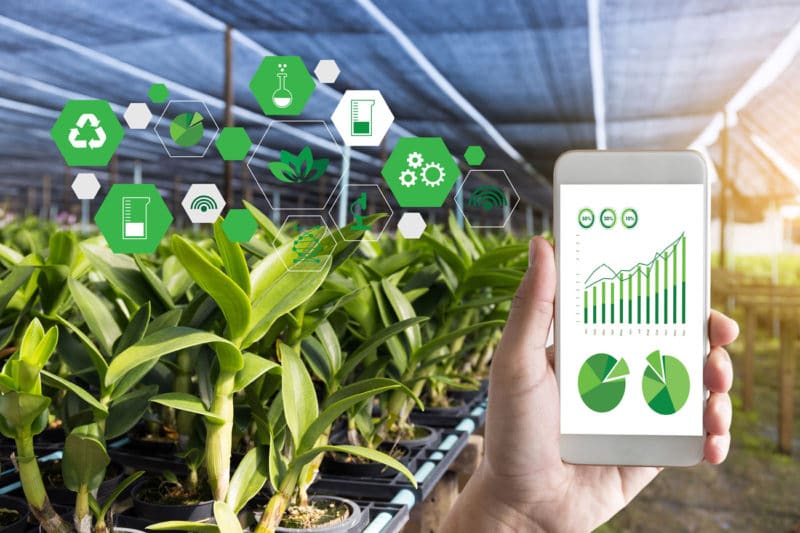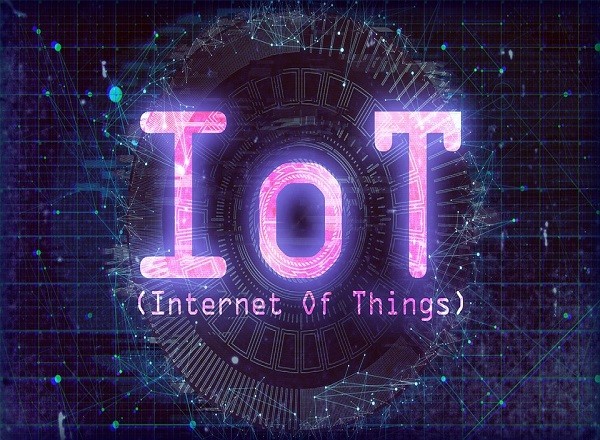This article is based on a speech given by Poonam J. Prasad, senior scientist, Analytical Instrumental Division, CSIR – National Environmental Engineering Research Institute, Nagpur, at IOTSHOW.IN 2019, held in Bengaluru. The institute’s Analytical Instrumental Division focuses on R&D on environmental sensors and the Internet of Things (IoT). Speaking on the use of the IoT for environmental monitoring, Prasad highlighted the need for IoT-based environmental sensors to conserve energy, water and other resources

We need the Internet of Things (IoT) in environment monitoring to be able to conserve energy, water and other natural resources, which are being contaminated every second. In conventional environmental monitoring methods, samples are collected, analysed and analytical instrumentation is carried out on them.
There are two ways of doing this. One is manual, where the sample is collected and analysed in a lab. Second is instrumental, where the quantity of pollutants in the sample is analysed, on the go, automatically.
Instrumental methods have direct analytics, where readings and results are automatically received. Manual methods, on the other hand, need pre-treating the sample before carrying out sedimentation, isolation and other processes on it.
When we talk about environmental monitoring using the IoT, we primarily focus on such areas as waste management, air pollution and extreme weather.
Why we need the IoT for environment monitoring
When we go deep into environment monitoring, it is a very complex system and, hence, we cannot just start using sensors for regulatory purposes. If we have data for water and air, then we can use AI and ML tools, among others. There are environmental sensors for measuring water quality, radiations and hazardous chemicals.
Similarly, in the industrial IoT (IIoT), we need methods for ensuring safety of workers, because some industries generate obnoxious gases like sulphur, methane and sulphur’s compounds, which are bad for human health. By getting data out of sensors, we can maintain a good safety record. Places that are inaccessible can also effectively utilise sensors.
Since 2012, research is happening all over the world on environmental sensors. Some reviews have already been done. People have done outdoor air-quality monitoring using a ZigBee-based wireless sensor network. However, indoor environment is generally more polluted than outdoor environment and, hence, the system developed for the outdoor environment may not suit indoor environment.
Researchers have developed an air-quality system that records particulate matter (PM). The system categorises PM into PM 10, PM 2.5 and PM 1. Once PM goes into the lungs, it leads to health issues. Standards are being implemented for PM 1, but more precisely PM 10 and PM 2.5 are being monitored.
Mobile sensing systems have been developed and proposed for recording PM 2.5 in cities. Some research papers have described low-cost, portable monitoring systems, which monitor multiple parameters such as humidity, PM 2.5, volatile organic compounds (VOCs), CO2, CO illuminance and sound levels.
Sensors are divided into two categories: electrochemical-based and metal-oxide-based. Companies use these sensors based on their requirements. Both types of sensors have advantages and disadvantages. But research is being done mostly on metal-oxide sensors to get more sound results for environmental monitoring.
Likewise, a micro sensor-based air quality monitoring system has been developed for real-time monitoring of airborne, fine particulates. It has already been tested.
Top sensors used in the environment
As the environment is heterogeneous, the system needs to be utilised well, because we cannot develop one protocol-based system and expect it to work in all situations. Therefore we need a multi-protocol system. Also, it is important to understand the interference of pollutants, because pollutants such as ozone, NO2 or NOx particles have interference capability. Therefore the science behind this interference, how data is coming and what could be the reason for any deviation in data must be studied and understood. Only then can a sensor be well-characterised and developed.
Top sensors used in the environment are:
- Temperature sensors
- Proximity sensors
- Water quality sensors, which measure pH, BOD, COD and other microbial contaminants; these also measures ion parameters like arsenic, iron or other compounds
- Gas sensors, which detect air quality conditions
- Smoke sensors, which are required for industrial environmental conditions or smoke- prone places
US Environmental Protection Agency (USEPA) has evaluated sensors using conventional methods so that these can be utilised for research purposes and IoT applications.
Alphasense OPC N2 sensor is for PM 10 and PM 2.5 monitoring. This was tested through GRIMM, which is a certified handheld monitor. So far, these sensors have not been internationally certified. Essentially, these are not USEPA-certified sensors, but are USEPA-evaluated sensors. This is because the technology is new, and it keeps on evolving. Every six months there is a new version of these sensors.
AQMesh, CairClip and CitySense are gas phase sensors. These are being evaluated by USEPA, and are internationally-funded projects. The systems are being tested against standard instrumentation techniques.
A typical regulatory monitor is quite expensive, and is based on analytical methods (not sensor). It is highly-reliable, but stationary. Moreover, trained staff is required to operate it. One of its advantages is that it can operate for more than ten years. But it needs to be calibrated quarterly.
On the other hand, a typical low-cost monitor does not require too much training, but then it has a limited lifetime.
Challenges in deploying IoT-based sensors
The current technology is expensive, provides only a snapshot of data, requires expertise to use and takes time in lab analysis.
National Environmental Engineering Research Institute is developing a new technology that includes the IoT, and will be low-cost, easy to use and provide continuous data. However, such technology needs to have a QA/QC approval, and there is no common agency for approving these techniques.
Major research findings for sensors or systems have been in microprocessors. The system being developed at National Environmental Engineering Research Institute (NEERI) includes a wide variety of low-cost components (varying from US$ 100 to US$ 300).
Also, if you are not a good integrator, you cannot integrate these components well. You also cannot use multiple sensors in a single board. However, if a balance can be maintained between power, cost and latency, the system can be used in the real environment.
Sensor characteristics include stability, detection limit, repeatability and reproducibility, and cost, while user requirements include measurement duration, data quality and budget.
A sensor’s lifetime is only two or three years. Sensitivity, stability and longevity of the sensor need to be improved for its operation.
The Indian government has defined air quality index (AQI). It uses one number, one colour, one description to judge air quality. From this, it can be known that PM 10 is the highest polluting among all pollutants.
Council of Scientific & Industrial Research (CSIR) has conducted its own case study by installing ten IoT-based sensors in Delhi. The findings say that low-cost sensors dominate the market and a few sensing elements exist. More research needs to be done on sensing elements. PM sensors are widely available as compared to gas phase sensors.
Two major challenges for sensor application are:
- Sensor performance values vary widely.
- Basic testing by manufacturers is lagging.
Since 2012, there has been a huge cost reduction. Reliability is there but more is required before getting to reality. Also, the cost involved in the installation, maintenance and data analysis needs to be reduced. Going forward, we are looking towards seamless implementation, data quality and reliability.
This article was first published online on 26 April 2019 and was published in EFY print issue of September 2019.











